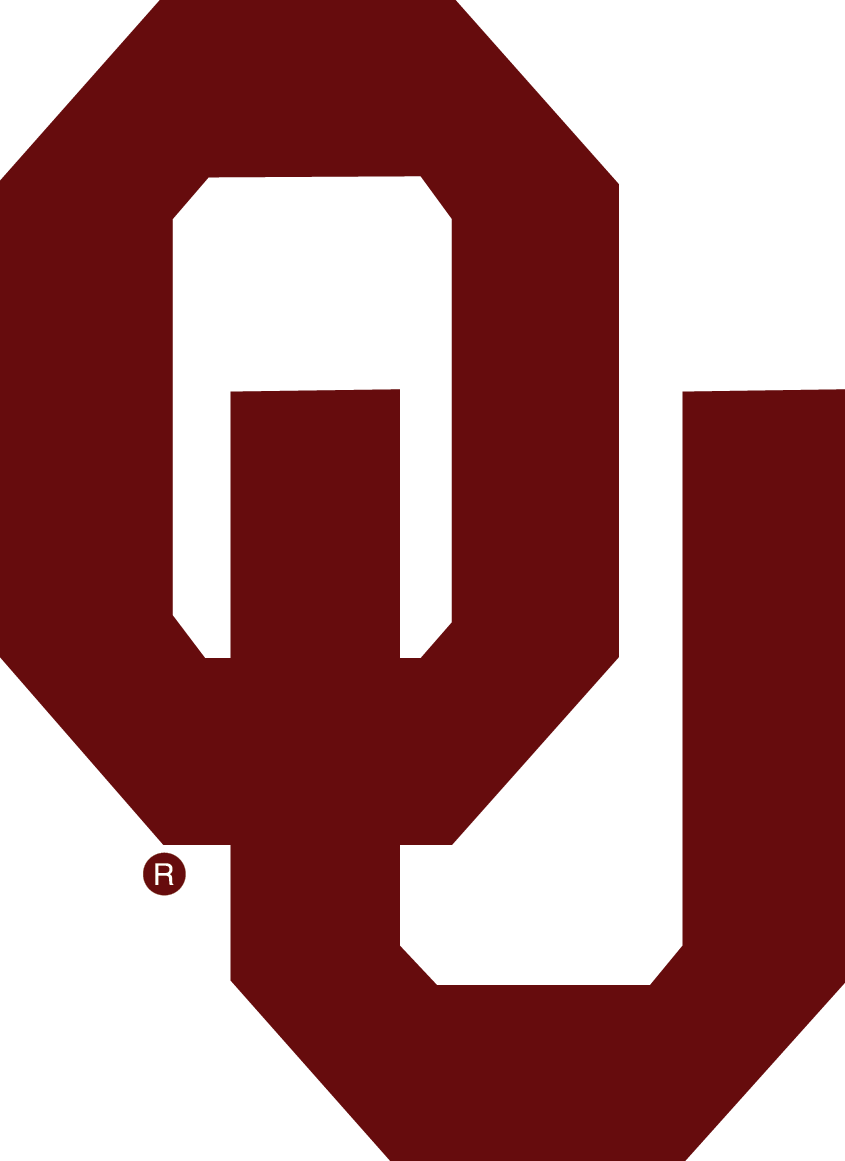The roots of the Department of Medical Imaging and Radiation Sciences extend from the 1950s with the Radiography Program which was located at University Hospital, now known as The Children’s Hospital and Women’s Pavilion. In 1967, a certificate Nuclear Medicine Technology Program was initiated. With the formation of the University of Oklahoma’s School of Health-Related Professions in 1967, a proposal to convert the Radiography Program to a baccalaureate degree was submitted to the Oklahoma State Board of Regents. In 1970, the program was approved as the final two-year phase of a four-year baccalaureate degree.
In 1975, the Department received approval to offer an additional baccalaureate degree program in radiation therapy and convert the existing Nuclear Medicine Program to the baccalaureate level. These programs were instituted to provide the State with credentialed professionals in these areas since there were no other programs in Oklahoma and few in surrounding States. In 1978, the Sonography Program was added, making the Department of Medical Imaging and Radiation Sciences the only academic department in the country, at that time, offering all four imaging and therapy professions at the baccalaureate level.
The Department has an excellent national reputation, known for its core curriculum. All programs within the Department are fully accredited by their respective national programmatic accreditation agencies. In fall 2003, the Department expanded with an online baccalaureate program in Radiation Sciences for certified medical imaging and radiation therapy professionals. A graduate track in Medical Dosimetry in conjunction with the master’s degree program in Allied Health Sciences began in fall 2004 and was discontinued in 2020.
In addition to program growth, fall 2006 marked an expansion period for the Department as the Sonography Program expanded to include the OU-Tulsa, Schusterman Center. The Radiography Program joined the expansion in fall 2007 but discontinued its Tulsa presence in spring 2017.
Until 2008, the Department was recognized as the Department of Radiologic Technology. To better reflect the nature of the four programs, the name was changed to the Department of Medical Imaging and Radiation Sciences.
In 2009, the Department moved from the College of Health Building at 801 NE 13th to the new College of Allied Health Building at 1200 N. Stonewall on the Oklahoma City Health Sciences Center Campus.
The Department of Medical Imaging and Radiation Sciences recognizes that choosing a profession in the healing arts is a special commitment, capable of producing a high level of personal growth and satisfaction. Faculty members make a special effort to motivate and encourage students to experience and appreciate this opportunity for personal enrichment.

